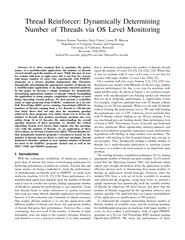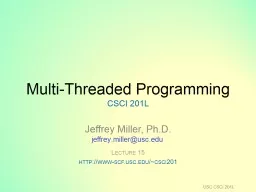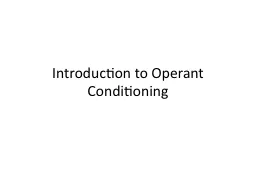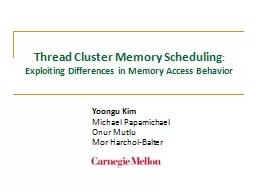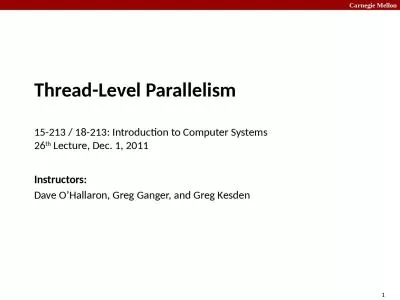PDF-Thread Reinforcer Dynamically Determining Number of Th
Author : jane-oiler | Published Date : 2015-06-05
Bhuyan Department of Computer Science and Engineering University of California Riverside Riverside USA 92521 kishorecsucredu guptacsucredu bhuyancsucredu Abstract
Presentation Embed Code
Download Presentation
Download Presentation The PPT/PDF document "Thread Reinforcer Dynamically Determinin..." is the property of its rightful owner. Permission is granted to download and print the materials on this website for personal, non-commercial use only, and to display it on your personal computer provided you do not modify the materials and that you retain all copyright notices contained in the materials. By downloading content from our website, you accept the terms of this agreement.
Thread Reinforcer Dynamically Determining Number of Th: Transcript
Download Rules Of Document
"Thread Reinforcer Dynamically Determining Number of Th"The content belongs to its owner. You may download and print it for personal use, without modification, and keep all copyright notices. By downloading, you agree to these terms.
Related Documents

